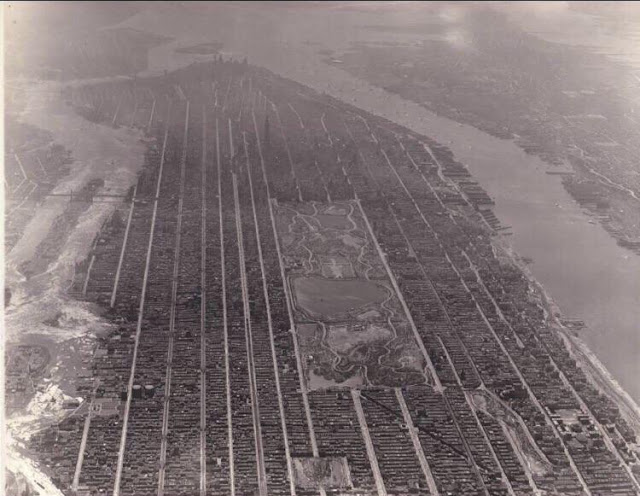By the mid-1930s, the city had expanded extensively into the newly developed suburbs. Bombay was thus beginning to spread outward in a northerly direction as well as intensify around the core area of the central business district. This intensification was also evident in the form of higher buildings; facilitated by the use of newly introduced construction materials such as reinforced cement concrete (RCC) and ferroconcrete. The modern era had dawned in Bombay.
Coincidentally, around the time of the building boom in the city, an innovative architectural style known as Art Deco percolated through to India from Europe and the USA and manifested itself in Bombay. In many ways, this unique style became symbolic of the last burst of westernization that engulfed the city before India gained independence in the following decade.
A unique combination of factors led to the popular adaptation of Art Deco in Bombay. Tourism and travel had made rapid strides in the period between the two World Wars, resulting in a continuing stream of visitors to Bombay. Many touring European ballets, opera, theatrical and musical troupes were presented at the new hotels and theatres and brought a touch of glamour and new forms of entertainment to the city.
The upper classes and the business community of entrepreneurs and managers happily imbibed contemporary trends in western culture to create a bon vivant lifestyle that symbolized gaiety and color and encompassed western cuisine, dress, ballroom dancing, jazz, cabarets, horse racing, and cinema. The social and cultural ambiance in Bombay was thus suitably conducive to the introduction of Art Deco interiors and architecture.














